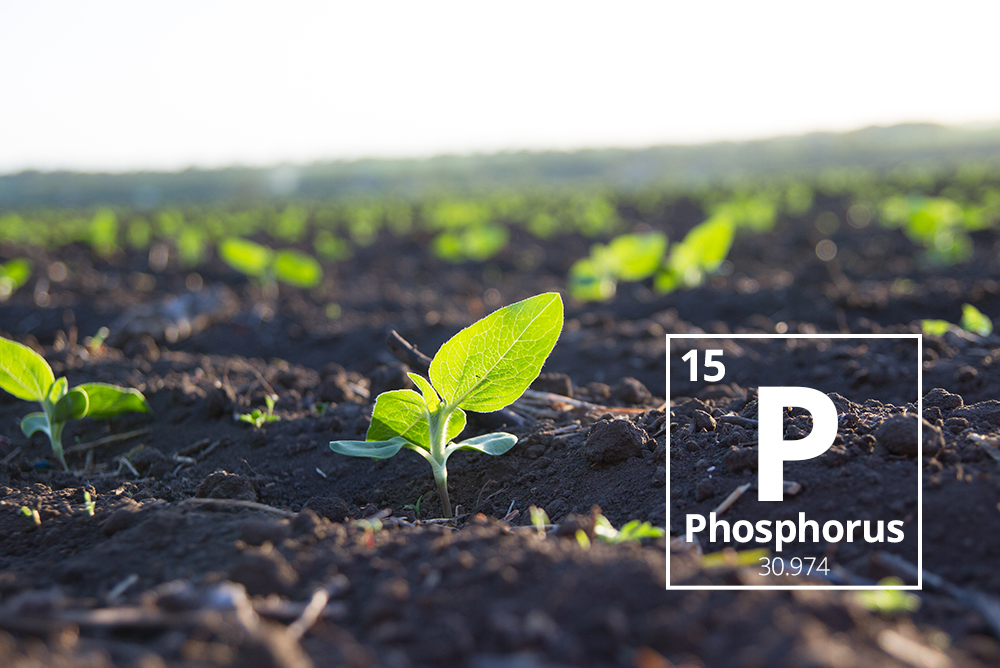Phosphorus

Phosphorus ranks second to calcium in abundance in human tissues. Approximately 700 g of phosphorus exists in adult tissues, and approximately 85% is present in the skeleton and teeth as calcium phosphate crystals.
Food Sources and Intakes
In general, good sources of protein are also good sources of phosphorus. Meat, poultry, fish, and eggs are excellent sources. Milk and milk products are good sources, as are nuts and legumes, cereals, and grains.
Deficiency
Phosphate deficiency is rare. It could develop in individuals who are taking phosphate binders for renal disease or in older adults because of poor intake in general. Neural, muscular, skeletal, hematologic, renal, and other abnormalities occur.
Toxicity
A persistently high concentration of PTH may result after chronic consumption of a lowcalcium, highphosphorus diet, called nutritional secondary hyperparathyroidism. This persistently high PTH contributes to increased bone turnover, reduction of bone mass and density, and even fragility fractures because of excessive resorption and thinning of trabecular plates at bone sites throughout the skeleton. Individuals with a low calcium/phosphorous ratio benefit from increasing calcium intake from foods or supplements. Adequate calcium intake reduces the serum PTH concentration and may inhibit bone loss. The persistently high PTH level contributes to the limited bone mineralization during growth; this yields inadequate peak bone mass accumulation and the loss of bone mass.
DRIs
Infants and young children: 100-500 mg/day, depending on age
Older children and adolescents: 1250 mg/day
Adults: 700 mg/day
Pregnant : 700-1250 mg/day, depending on age
Lactating: 700-1250 mg/day, depending on age
